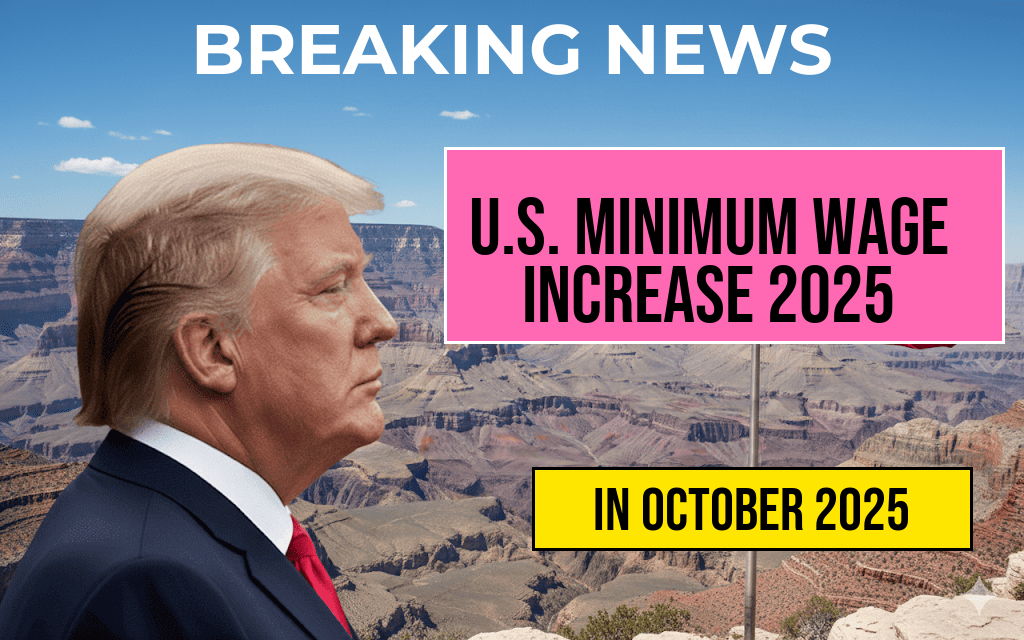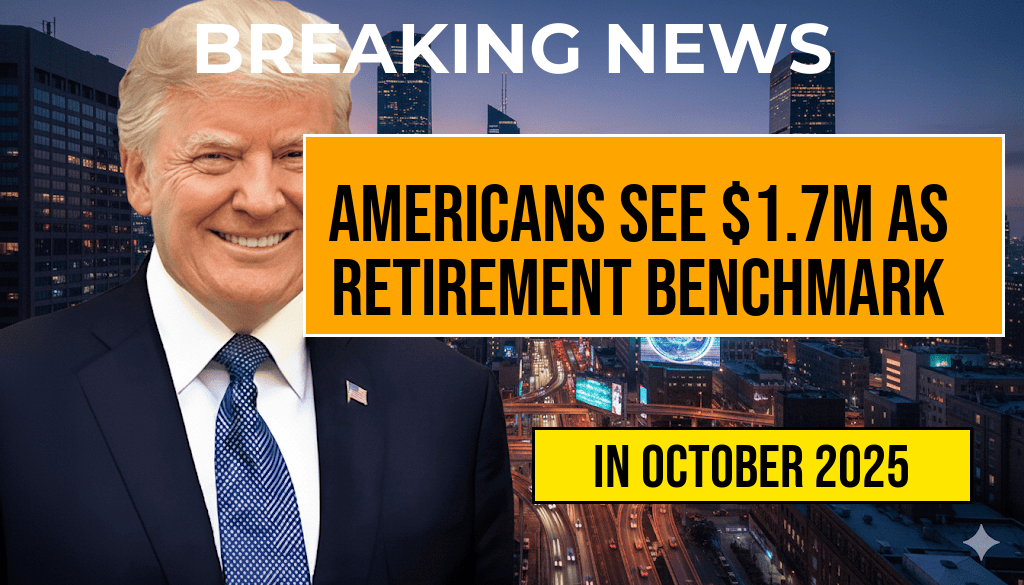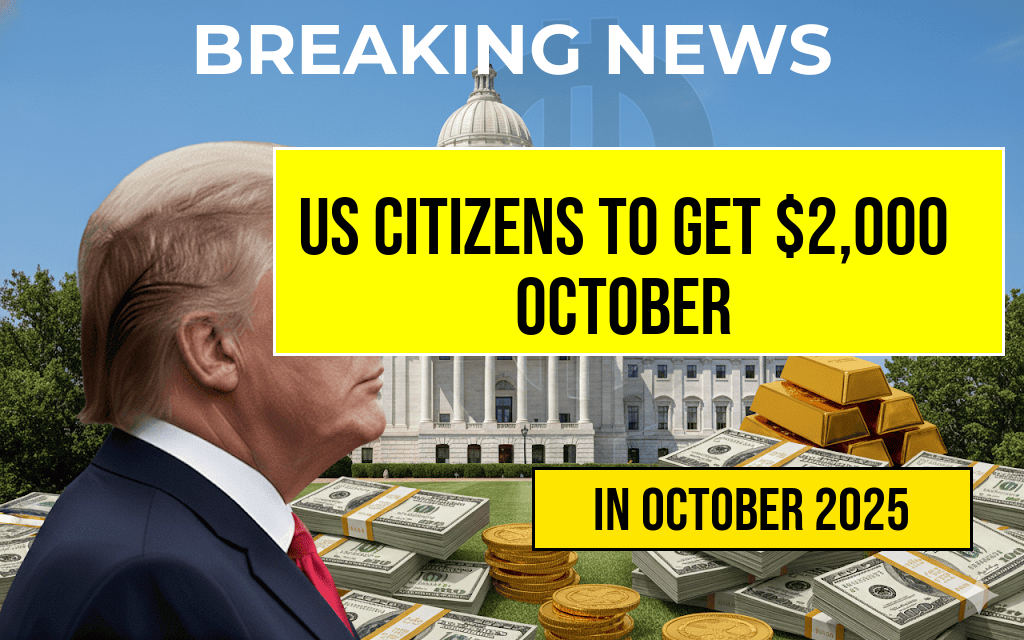Effective October 4, 2024, the federal minimum wage will increase for the first time in several years, marking a significant shift in the landscape of American labor standards. The new minimum hourly rate will rise from $7.25 to $8.50, representing a 17.2% increase. While this adjustment primarily impacts workers in states and municipalities that follow federal guidelines, it sets a notable precedent amid ongoing debates over living wages and economic recovery. Several states and localities have already implemented higher minimum wages, but the federal update aims to standardize baseline pay for workers across the country, particularly in sectors with historically low wages. The change is expected to influence millions of workers, employers, and policymakers as discussions around wage adequacy and inflation-adjusted pay continue to evolve.
Background on the Federal Minimum Wage
The federal minimum wage was established in 1938 under the Fair Labor Standards Act (FLSA). Since then, it has undergone numerous adjustments, often reflecting economic conditions and political priorities. The last increase occurred in 2009, when the rate was raised from $6.55 to $7.25, a figure that has remained stagnant for over a decade. Advocates have long argued that the stagnant rate fails to keep pace with inflation and rising living costs, prompting calls for periodic updates. The new $8.50 rate is the first step toward addressing these concerns, although many labor groups continue to push for a higher, $15 minimum wage at the federal level.
Details of the 2025 Wage Adjustment
| Year | Minimum Wage |
|---|---|
| 2009 | $7.25 |
| 2025 (Effective October 4) | $8.50 |
The increase applies to most workers covered by the Fair Labor Standards Act, including those in retail, hospitality, and service industries. However, it does not affect workers in states with their own minimum wage laws set higher than the federal level. States such as California, Massachusetts, and Washington continue to set higher minimum wages, often in the $15 to $20 range, reflecting regional economic conditions and cost of living.
Implementation and Impact
Employers nationwide are adjusting payroll systems to accommodate the new minimum wage. For many, especially small businesses, this change might lead to increased labor costs, prompting considerations around pricing, staffing, and operational adjustments. Economists remain divided on the immediate impact; some argue that modest wage hikes can boost consumer spending, while others warn of potential employment slowdowns if businesses face significant cost pressures.
State and Local Variations
- California: Minimum wage set at $15.50 per hour for large employers, with scheduled increases for smaller businesses.
- New York: Minimum wage varies by region, with New York City at $15.00 per hour and other areas gradually increasing toward that figure.
- Florida: Minimum wage is $12.00 per hour as of 2024, with scheduled increases planned under the state’s voter-approved wage law.
In some jurisdictions, local governments have enacted wage ordinances that surpass the federal minimum, creating a patchwork that employers must navigate carefully. The federal increase aims to provide a baseline, especially for workers in states with lower minimum wages, fostering a more consistent safety net across the country.
Economic and Political Context
The federal minimum wage adjustment arrives amid broader economic debates surrounding inflation, income inequality, and workforce recovery post-pandemic. While some officials highlight the importance of supporting low-wage workers, critics contend that mandated increases could lead to reduced employment opportunities or increased automation. The Biden administration has reiterated its support for gradually raising wages, emphasizing the importance of ensuring workers earn a living wage to reduce dependence on public assistance programs.
Expert Opinions
Economists suggest that a modest increase like the 2025 adjustment can provide a lift to many workers without substantially disrupting the labor market. “Small, predictable increases are less likely to cause economic shocks,” notes Dr. Linda Perez, an economist at the University of Chicago. Conversely, some business associations warn that higher wages could exacerbate inflationary pressures and strain small business margins, especially in sectors with tight profit margins.
Looking Ahead
The 2025 minimum wage raise is viewed as a step toward broader discussions on wage policy and economic fairness. Legislators in various states continue to propose bills that would raise their minimum wages even further, aiming for $15 or more per hour. Meanwhile, labor advocates are pushing for federal legislation to establish a living wage standard, emphasizing the need for wage growth aligned with rising costs of living. The federal government has also indicated that future increases may be considered based on economic conditions and inflation metrics, although specific legislative pathways remain uncertain.
For more information about the history and implications of the federal minimum wage, visit Wikipedia’s page on the Fair Labor Standards Act. Details on state-specific wage laws can be found through state labor departments and economic research organizations like Bureau of Labor Statistics.
Frequently Asked Questions
What is the new minimum wage rate effective October 4, 2025?
The U.S. minimum wage has increased to an updated hourly pay rate, effective October 4, 2025. The exact rate varies by state and locality, but this update reflects the latest adjustments mandated by law.
Which states or regions are affected by the 2025 minimum wage increase?
The minimum wage increase applies across multiple states and regions, with some areas implementing higher rates based on local legislation. Check your specific state or city for precise figures and effective dates.
Why was the minimum wage increased for 2025?
The increase in minimum wage aligns with inflation adjustments, economic growth, and legislation aimed at improving living standards for workers. This ensures wages keep pace with the rising cost of living.
How does the 2025 minimum wage compare to previous years?
Compared to previous years, the 2025 minimum wage reflects a scheduled increase based on inflation or legislative changes. This adjustment aims to provide workers with better compensation relative to past rates.
Are there any exceptions or special rules related to the 2025 minimum wage increase?
Yes, certain exceptions may apply, such as for tip wages, youth workers, or small businesses. It’s important to review local laws and regulations to understand specific rules that might affect your employment or payroll.





